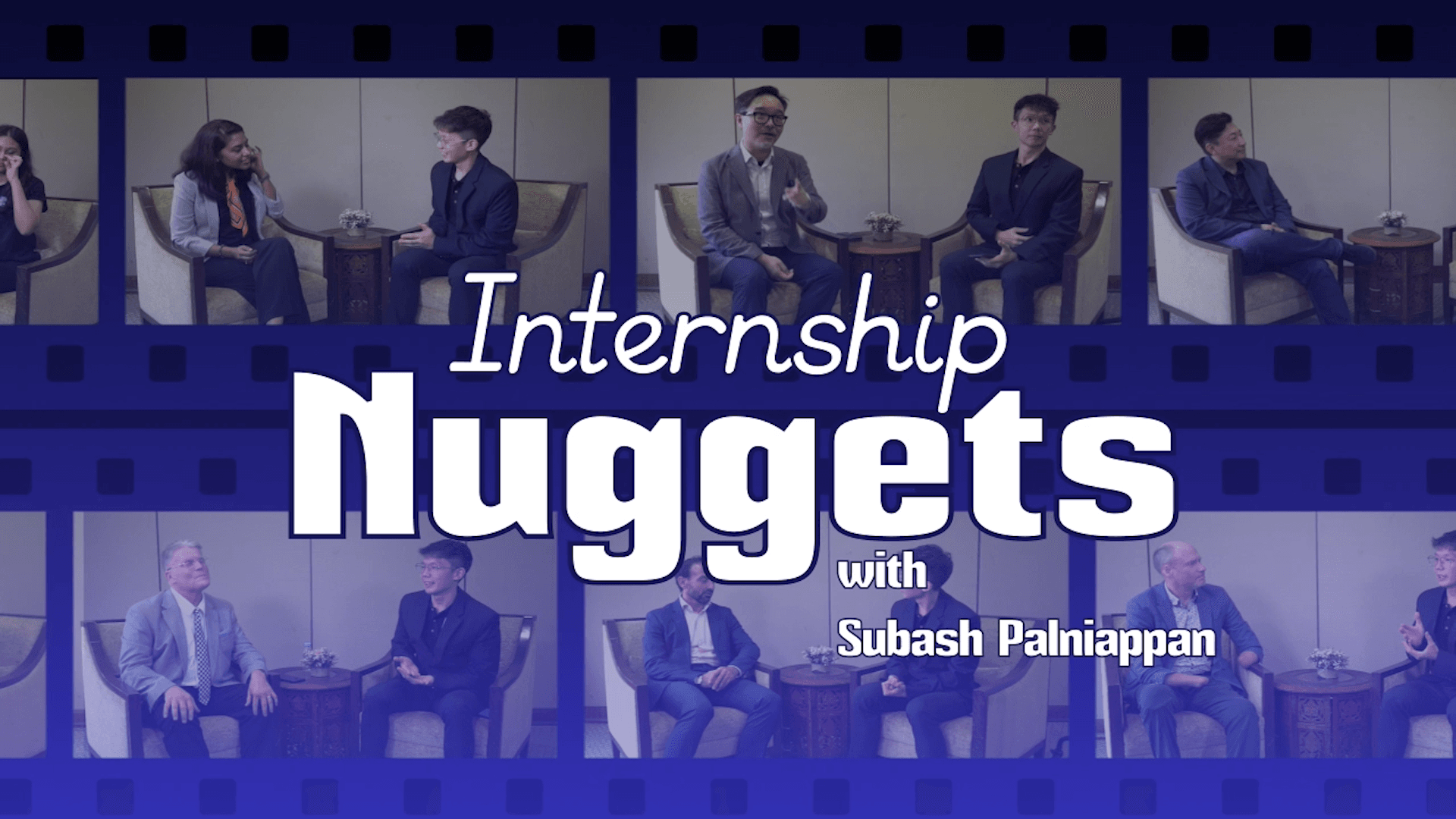How to Have Hard Conversations with Staff

These commonly used strategies have a common theme: that these leaders are reluctant to have hard conversations with their staff
An increasing number of mid-level-managers I coach today have been called upon to sharpen their people management skills rather than the traditional coaching goal of aligning themselves to excel in their performance targets. What is the raison d’etre?
One of the key reasons is that many organisations are finding it difficult to attract, motivate and retain the right workforce. Current leaders claim to be stretched-out in locating the right candidates to be part of their team.
These leaders generally have many years of working experience, and tend to compare modern-day circumstances to how things were during ‘their time’. More often than not, today’s crop of talent seems to fall short of their expectations. It’s not uncommon to hear laments that earlier generations of workers comprised staff who were diligent, hungry to learn, willing to stay and grow in their organisation. Today, they classify this as an elusive breed of people.
Several reasons are cited to explain this phenomenon, such as the quality of graduates from the universities not being ‘good enough’, that the young love job-hopping every two years, that they need more recognition and praise from bosses, and that they are too impatient about career progression, among others.
Due to these workforce issues, many mid-level managers face people management problems. How do they respond to these challenges?
Some of these leaders relegate their staff problem to upper-management to deal with, in hopes that the staff sees the seriousness of their errant behaviour. Others expect the errant staff to learn that their behaviour is unacceptable and that they should change, with minimal intervention from the leader.
Still, other leaders find a quick-fix solution such as ‘managing these errant staff out’. They want to focus on chasing their performance targets by getting things done on their own without the errant staff. These commonly used strategies have a common theme: that these leaders are reluctant to have hard conversations with their staff.
According to an online survey conducted in the US by Harris Poll in 2016, 69 per cent of managers say they were uncomfortable having hard conversations with their employees.
This current strategy adopted by the leaders is but a short-term panacea to the real issue. More sustainable long-term tactics are needed. Leaders need to break their silence. They need to understand that the longer they wait in their quietude, the worse off the impact is and forms the foundation of building ‘weak teams’. What is standing in their way?
Through my coaching experience, I identified common challenges faced by mid-level managers. Subsequently, a four-step model – ‘R. R. A. D.’ – is suggested as a framework to overcome these challenges. This is explained as follows:
The first ‘R’ refers to role-model
Middle-managers are entrusted by their organisations to ensure that they role- model exemplary behaviour. This includes displaying a high level of accountability. They do this by executing their roles and responsibilities. If they avoid having hard conversations with errant staff, then they are ignoring one of their roles and responsibilities over the team. This behaviour is abhorred by the organisation. Furthermore, if a manager is role-modelling errant behaviour, it is very likely that their staff will follow suit.
If a manager is role-modelling errant behaviour, it is very likely that their staff will follow suit.
One strategy to enable successful hard conversations is for the leader to role-model high commitment behaviour. The leader shows that they are willing to do what it takes to fulfil their role as team leader, including having hard conversations with misbehaving staff. Those staff members will learn from their leader’s committed behaviour, and become inspired and motivated to carry out their own respective responsibilities.
Read: Want to Motivate People? Ditch the Blind Positivity
The second ‘R’ refers to relationship currency
Some leaders are more task-oriented and want tasks to be performed within set timelines with minimum hiccups. Enhancing productivity within their teams is a high priority. Invariably, the time spent with their teams is focussed on the work, as they fill the gaps that emerge as well as devise plans to ensure the smoothness of the operations. Having hard conversations with staff on disruptive behaviour becomes an arduous task as they believe these are low priority items and should be dealt with quickly.
To become successful at having hard conversations with disruptive staff, a leader must build relationship currency with his team. He does this by spending time to get to know them, their motives, skills, interests, family background, etc. By doing this, he builds and strengthens connections with them, ie. his relationship currency.
When his relationship currency is strong, he earns a high level of trust from his team. He can confidently have hard conversations with any of his team who displays disruptive behaviour, at any time. The staff will be more open and willing to embrace the rationale behind the hard conversation with a leader whom they trust. The staff understands that the leader, while supportive and caring, wants them to swiftly realign and become a high performing employee again.
The third letter is ‘A’ which represents attitude
Leaders who face difficulty in having hard conversations should reflect on what attitude they are showcasing to their teams. Some leaders have the attitude of a ‘critical parent’. When they have this attitude, the leader’s focus is on detecting errors and more importantly, who made the error. They proceed to verbally reprimand the staff and make their disappointment obvious to all.
The errant staff is made to feel like a failure and incapable of making a positive contribution. He starts to have low confidence and develops a fear of making mistakes. These ‘critical parent’ leaders then proceed to take over the incorrectly performed task so as to rectify it without involving the errant staff. The employee, meanwhile, has lost an opportunity to learn where he or she is missing the mark in terms of their performance and how they can improve.
Some leaders have the attitude of a ‘critical parent’. When they have this attitude, the leader’s focus is on detecting errors and more importantly, who made the error.
When leaders do this, they avoid hard conversations with errant staff. Such leaders are a liability to the organisation.
One strategy to overcome this scenario and to enable hard conversations is to adopt an attitude of a ‘nurturing parent’. Here the leader sees beyond the error made or who made it. The leader focuses on the learning that can be gained from this error and how it can be avoided in the future. The leader collaborates with employees to stimulate learning, growing and development. The result is a working atmosphere where failures are embraced and lessons are celebration points. When leaders do this, they welcome hard conversations with staff and become a source for solutions to the organisation.
Lastly, the fourth letter ‘D’ stands for data
Leaders generally avoid the pain of having hard conversations as they have a fear of how it may resonate with employees. They are worried that the staff may get angry, upset, become defensive, emotional or reject the contents of the conversation. The leader is unsure of how to manage such outcomes.
A commonly used strategy to handle hard conversations is to use data. The leader provides documented examples of positive behaviour of the staff as well as shares data which highlights the areas that staff could improve on.
Using data eliminates the emotional roller-coaster ride that underperforming staff may go on. It becomes baseless to become defensive or reject the hard data presented. Hard conversations between leaders and their employees can be smoothly facilitated. Consequently, effective corrective action can be discussed by both parties to enable the staff to move forward.
In conclusion, when leaders adopt and apply the ‘R. R. A. D’ Model, they will be empowered by courage and confidence to have hard conversations with disruptive team members. These conversations can proceed with minimal negativity and realign and enable their teams to move to the next level.
See also: You Don’t Have To Call The Shots All The Time

R.R.A.D Model - Role-Modelling, Relationship Currency, Attitude, and Data
Leadership
Dr. Frances Penafort is currently the Director of GPS for Professional PLT. Her coaching philosophy is to partner with leaders in their transformation journey so they can show-case their better-version! She specialises in being a catalyst of transformation to all her coaching clients and supports leaders to evoke the resourceful energy of their team to achieve their stretched targets. Click here for more information on Dr. Frances.








